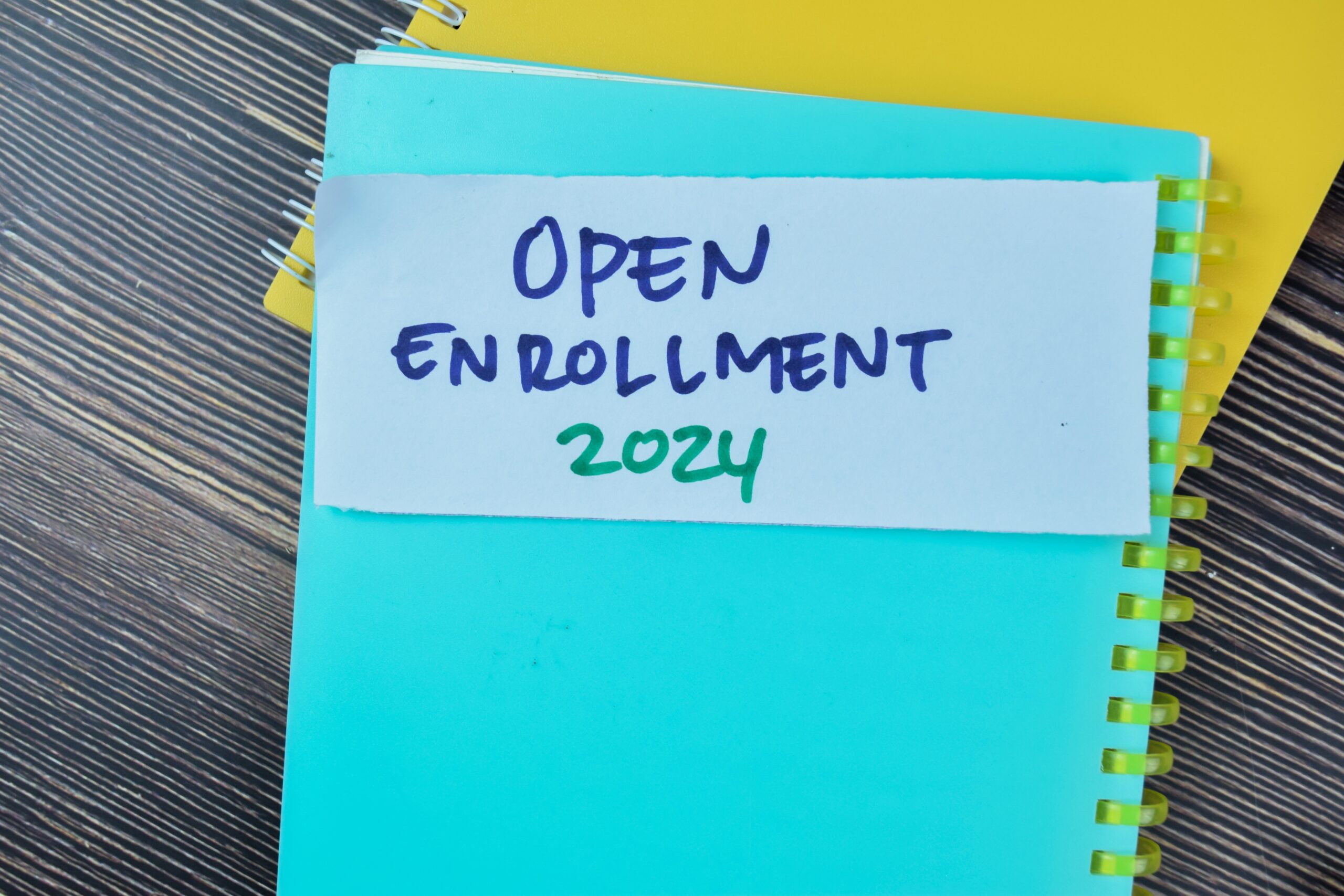A new study’s findings that many workers have a poor understanding of their employer-sponsored health insurance benefits, presents an opportunity for businesses to extend targeted support to staff during open enrollment.
The “2023 Optavise Healthcare Literacy Survey” found that 32% of employees are not confident about understanding how their plan works, meaning that many of your staff may have trouble finding, understanding, and using information and services to make health insurance decisions.
As the plan sponsor, you can step in to help them during open enrollment by providing them with tailored information and guidance.
Employees who don’t understand their coverage may choose plans that are not right for them, and because of their lack of knowledge, they are more likely to stick with the same plan and not explore other options during open enrollment.
To help your staff who may not be as up to speed on how their health plan works, your human resources team has a few options.
- Focus on younger workers
The Optavise study found differences in health insurance understanding among the various generations in the workforce, with millennials and Gen Z workers having the poorest understanding of health insurance terms.
The study authors recommend a return-to-basics approach during open enrollment for these workers. That could include holding meetings for them to explain the basics of health insurance, particularly how plans with higher premiums will typically have lower deductibles and copays, while low-premium plans usually have higher deductibles and copays.
If you have a multi-generational workforce or workers with chronic conditions, you’ll want to tailor your pitches depending on the employee. Your presentations should focus on multiple scenarios that explain which options are best, depending on your workers’ age, health and life circumstances.
2. One-on-one communications
The study found that workers don’t often turn to their employers first when they have questions or need information about health insurance or their health plans:
- 46% said they reached out to friends and family for information.
- 35% taught themselves about terms and processes by going online or reading other materials.
- 27% sought out information from their company’s HR department.
Given the often-poor accuracy of information from online sources, and that their friends and family likely aren’t experts on the subject, it’s a good bet that many people are getting bad information about health insurance.
While group training and providing online tools and printed material can help your workers, one-on-one meetings seem to be the most effective in helping worker
- 84% reported they found one-on-one sessions very or extremely useful.
- 68% said online resources were very or extremely helpful.
- Only 49% found e-mail correspondence was very or extremely helpful.
You may want to urge your employees to schedule face-to-face meetings with relevant HR staff. One-on-one meetings let your employees ask specific questions. By having conversations about their current medical needs or family situation, employees can best determine the most reasonable option for them.
3. Focus on points of confusion
The study also asked workers what kind of information about their group health plans they wanted to know more about. The following answers provide a list of topics you may want to cover during open enrollment meetings:
- How to avoid surprise medical bills.
- How my deductible, copay/coinsurance and out-of-pocket maximum work, and what it means for my wallet.
- How to review an Explanation of Benefits and medical bill for errors.
- Researching health care costs, and why it matters.
- How to choose where to get care.
- How to choose a plan.
The takeaway
You can play an important role in educating your workers about their health coverage.
Smart employers will tailor their benefits communications, literature, and meetings to meet the varying needs of their workers. It’s good to provide materials and education through various sources like a portal and literature, meetings — and in particular one-on-one meetings, which are seen as the most effective.
A personal approach can be especially helpful to ensure that your workers choose plans from which they will benefit the most in light of their budget and needs.
For more helpful tips on open enrollment including how to pick the best plans for print, design, and other visual and manufacturing small businesses contact us today by emailing shannon@visualmediaalliance.org


